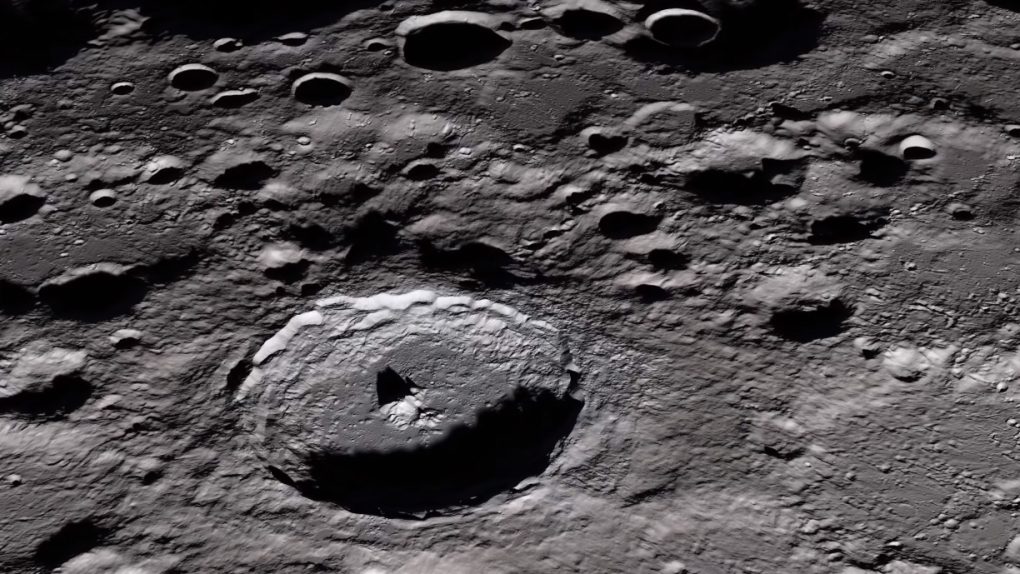- NASA will send a ‘Lunar Flashlight’ to illuminate the shadowy craters and depressions on the Moon’s south pole.
- The space agency hopes to find water ice hiding out in these permanently dark areas.
- Future crewed missions to the Moon could utilize this ice as a resource, allowing for extended stays.
- Visit BGR’s homepage for more stories.
NASA is determined to send humans back to the Moon sooner rather than later. The first crewed mission of the Artemis program is scheduled to kick off by 2024. Now, there’s plenty of reason to think that date will be delayed significantly, but for now, let’s assume that everything lines up correctly and NASA pulls it off.
NASA is preparing for that exact scenario, of course, but getting humans to the Moon is really only part of a much larger challenge. As the space agency explains in a new blog post, it’s working on something it’s calling the Lunar Flashlight, which is actually a tiny satellite equipped with a powerful laser that will scan the lunar surface in search of valuable materials, like water ice.
Space travelers that arrive on the Moon will need something to drink. For short-term missions, water will obviously be brought along, recycled, and everything will be fine, but in a future where humans spend an extended amount of time on the surface, finding new sources of water would be a huge plus.
The good news is that we know there’s water ice on the Moon thanks to previous observations, but we suspect more may be hiding in places we can’t see. Deep within shadowed craters that are never touched by sunlight, huge reserves of water in the form of ice may be tucked away. Harvesting that ice and using it to keep space travelers alive and well seems like a lovely idea.
“Although we have a pretty good idea there’s ice inside the coldest and darkest craters on the Moon, previous measurements have been a little bit ambiguous,” Barbara Cohen of NASA’s Goddard Space Flight Center said in a statement. “Scientifically, that’s fine, but if we’re planning on sending astronauts there to dig up the ice and drink it, we have to be sure it exists.”
The Lunar Flashlight’s mission will last approximately two months. During that time it will cruise over the lunar surface and shine lasers into the craters and depressions near the Moon’s south pole that are normally hidden from view. The beam shot down by the spacecraft will be capable of revealing what type of ice is there, or if no ice exists there at all.
“We will also be able to compare the Lunar Flashlight data with the great data that we already have from other Moon-orbiting missions to see if there are correlations in signatures of water ice, thereby giving us a global view of surface ice distribution,” Cohen said.








